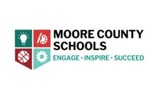
Students will design a device using Spheros or Sphero Minis and recyclables to help clean trash out of waterways.
- Subject:
- Science
- Material Type:
- Activity/Lab
- Author:
- Carrie Robledo
- Elizabeth Foxworth
- Date Added:
- 04/19/2021

Students will design a device using Spheros or Sphero Minis and recyclables to help clean trash out of waterways.

Students will create a small planter for a type of soil and water. The planter can be made from any materials the student wants and must be able to maintain its shape and hold the soil and water without leaking.
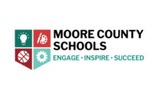
Students will choose a landform to research. Using NC Wise Owl they will complete the Research form.They will use the information they learned to write an oral report as if they are a newscaster reporting from the landform. They will record the report using Do Ink (Greenscreen app). Next they will create a diorama of the landform in a shoebox. Using the ipad, they will take a picture of the diorama and use Do Ink to make the greenscreen video.
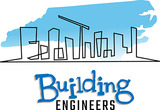
Students will work in small groups of 2 or 3 to design a zipline and zipline cart to carry coins from point “A” to point “B”. The goal of this activity is for students transport 82 cents the fastest from point “A” to point “B”. Groups must transport exactly 82 cents from the top of the zip line to the bottom. They must use at least 1 quarter, 1 dime, 1 nickel and 1 penny.
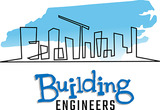
Students will use the engineering design process to design and create a simple protective helmet to understand the role of the human skeletal system in protection, specifically the skull.
Understanding how the human body systems are essential for life: protection (skull protecting the brain), movement (discuss how the helmet design could allow for movement), and support (structure of the helmet supporting the egg).
This activity provides a hands-on, practical application of the engineering design process while reinforcing the importance of the skeletal system, specifically the skull, in protecting vital organs.
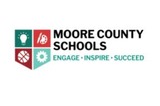
Students work together using their knowledge of grouping tens to create links of tens, combine and compare their links, then realize that if they combine all of their links this could create enough “snow” to build a snowman in the classroom!
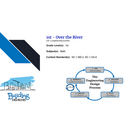
This is an engineering design brief SAMPLE that can be used to help guide how to utilize the template correctly.

This is the template we will use to upload new engineering design briefs/lessons. This link will force a copy so that you can fill the template out completely.
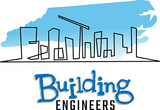
The students will build a simple windmill to observe wind speed. Teacher will use a fan to blow “wind”. If the fan increases or decreases in speed, the windmill should spin faster or slower.
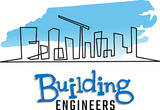
Eggbert has volunteered for the first egg-head mission to the Moon. The problem Eggbert faces is that the landing on the Moon’s surface will be very quick, and his space ship will crash. To ensure the success of this mission, your engineering team will need to design a safety restraint device that will withstand the crash.
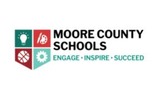
Students will work independently or in small groups to plan a fairy garden for the K/1 students at the school. They will examine the school yard for the best location for a fairy garden; measure to determine how large of an area we can use and then build/create all the items for the fairy garden using recycled or inexpensive materials.

Students construct a pollinator out of a spoon and pom pom balls that when dipped in the pollen powder will be able to carry the pollen to the other flower, and students could shake the pollen off on the other flower as it moves by it.
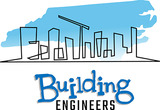
How can a marble float?
Students will design an “object” that will allow a marble to float. Students will need to incorporate at least 2-3 of the following materials in their design.
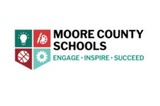
Students will work in groups to design a wheel-less vehicle that will be sent across different surfaces to test what friction does to materials. The goal of the build will be to make a vehicle that will move as quickly as possible over different surfaces. By using different types of surfaces the student will have to test and decide which building materials are best to cause the best movement.
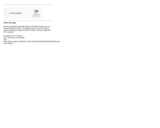
This is the image to use as the header logo when uploading Engineering Design Briefs to Go Open NC group.
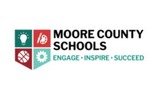
Students work in groups of 2 to create an anchor out of a collection of materials provided by the teacher. Students will test their anchors in an aquarium periodically to determine if their anchor has too much surface area, thus making it buoyant, or if the materials are combined in a way that is denser than the water causing the anchor to sink. The ultimate goal is to balance the forces being applied to the boat. The anchor is attached to a 3d printed boat, or a boat of the teacher's choosing. A fan is directed at the boat after the anchor has been attached and dropped in the water. In addition to the wind, the teacher will create waves by tapping the side of the tank. Students will observe if the anchor holds under these circumstances or not. Ultimately, they will try to prevent the boat from moving at all. Distance traveled for each test will be taken by a meter stick or tape measure fixed to the side of the tank. Students will strive to keep the boat frozen at 0 centimeters.
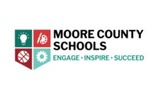
In second grade students will learn to compare different versions of the Gingerbread story. They focus on how the story elements change with each story, but the basic theme stays the same. Then in writing students are tasked with creating their own gingerbread rendition. In doing so, students often get lost in the middle of the story where the gingerbread character passes other characters and repeats the refrain. This project will help students use temporal words to provide sequence to their story as they define the places and people that are passed. Students must clearly describe 3 -4 places in a sequence (first, next, then, finally), as well as, provide an ending to their story. Once they have completed their story students are allowed to take a previously made gingerbread character and tape it to a small Dixie cup. Then the cup is placed over a mini-sphero. Students use premade landmarks that say first, next, then, finally to navigate their character through their own sequence of events! This is a highly motivational and fun way to celebrate their hard work in creating a story and making it come to life!
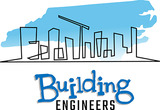
Students will be tasked with building an instrument that can play at least 3 different notes based on different tensions and vibrations.

You will investigate various materials to determine their insulation value. From this investigation, you will design and build a doghouse that will keep your dog cool in the summer and warm in the winter.
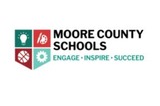
Students will use recyclable materials to design and create a wearable flip flop that prevents heat transfer from the hot summer sun.